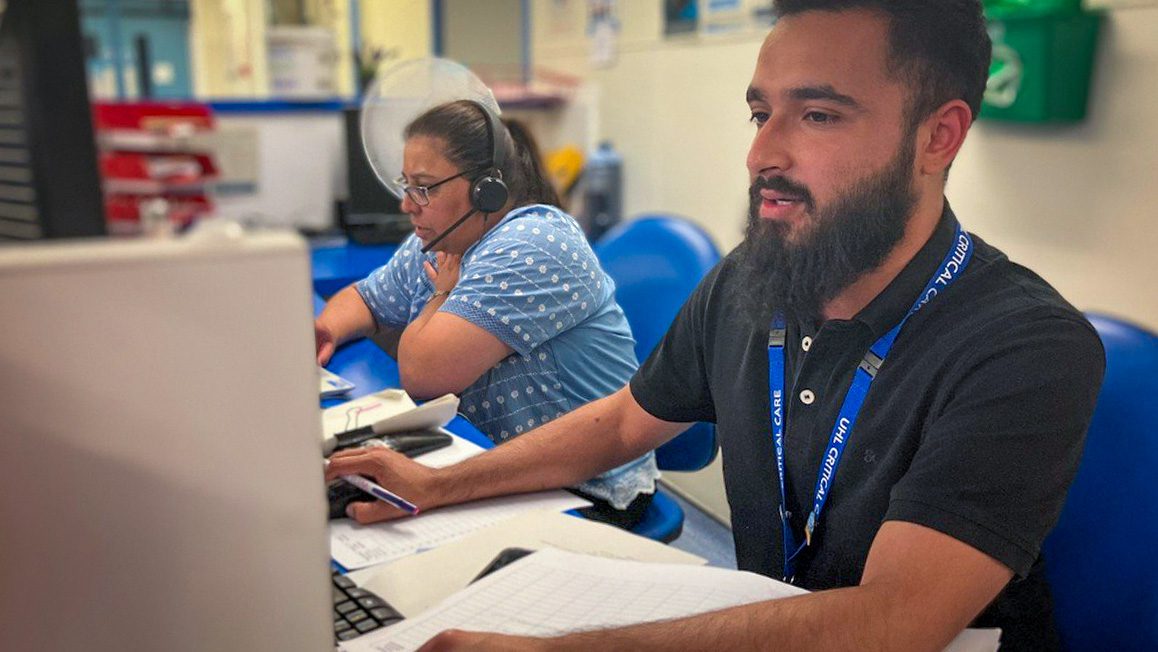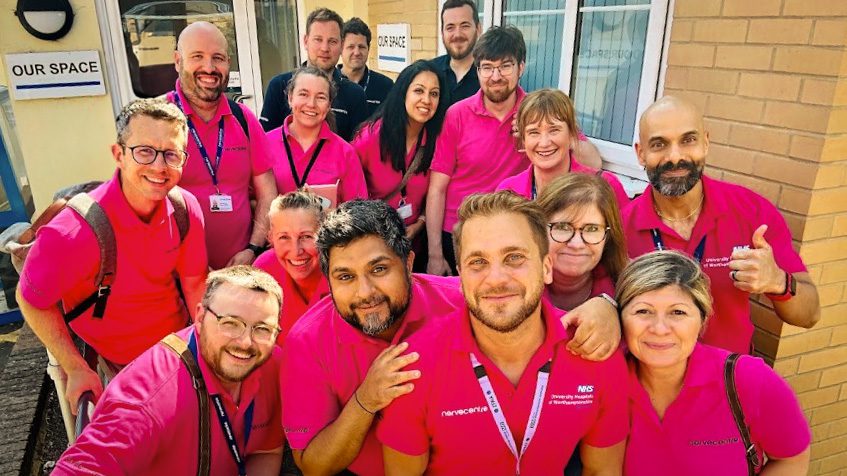From December 2021 to May 2022, the NHS Transformation Directorate commissioned the first national acute EPR usability survey to understand how effectively clinical IT systems support frontline healthcare professionals across the NHS. The survey focused on acute care clinicians, with 147 trusts surveyed and 4,852 total responses.
The results have shown that Nervecentre’s next-generation EPR is used in four of the top eight trusts with the highest net usability score and has performed consistently higher than the NHS average in:
- reliability
- fast response time
- needed functionality
- and internal integration
Nervecentre’s success reflects its clinician-designed system, rapid response time, the breadth of its functionality, and collaborative partnerships with trusts.
Staff from the top five trusts agreed that their systems enable patient-centred care, higher patient safety outcomes and enabled better quality of care.
With Nervecentre, clinicians have a single source of truth and can make actionable decisions based on real-time data and live-flow dashboards. Making data input easy, automating alerts and surfacing relevant information improves patient safety and flow.
The survey concluded that the key components for an EPR’s success are shared ownership, ongoing training, meeting unique user needs, reliability and speed. Poor usability has a direct consequence and opportunity cost in staff time and resources that could otherwise be employed in patient care.
A study1 undertaken in the United States in 2021 found that ‘nurses who worked in hospitals with poorer EPR usability had significantly higher odds of burnout, job dissatisfaction and intention to leave compared with nurses working in hospitals with better usability. Surgical patients treated in hospitals with poorer EPR usability had significantly higher odds of inpatient mortality and 30-day readmission compared with patients in hospitals with better usability’.
There is a nationwide push for all hospitals to have EPRs in place by March 2025. Currently, 49 (23%) of trusts meet the required standards, and 132 (63%) have an existing EPR that needs extension/optimisation to meet the required standard. Despite the importance of usability, it is not often considered during an EPR tender process.
EPRs are a source of high-quality data which can aid clinical decision-making, facilitate workload prioritisation, enable early warnings, and ultimately improve patient outcomes.
Paul Volkaerts, Nervecentre Founder and CEO said,
Nervecentre’s class-leading results are a testament to our hardworking team. We are one of the few providers who have consistently positive results with our customers, including two of the biggest trusts in the country. With the March 2025 deadline for EPRs looming, these survey results act as an important reminder to us all about the significance of usability. We all have a duty to ensure our systems are easy to use, have rapid response times and continue to work collaboratively with our customers if we are going to ensure everyone can receive high-quality care.
Reference
1. Kutney-Lee A, Brooks Carthon M, Sloane DM, Bowles KH, McHugh MD, Aiken LH. Electronic Health Record Usability: Associations With Nurse and Patient Outcomes in Hospitals. Med Care. 2021 Jul 1;59(7):625-631. doi: 10.1097/MLR.0000000000001536. PMID: 33797506; PMCID: PMC8187272






